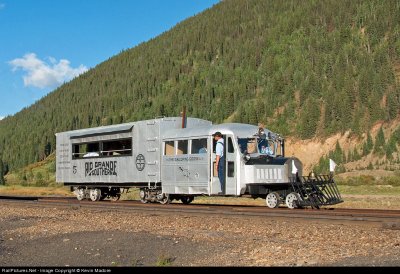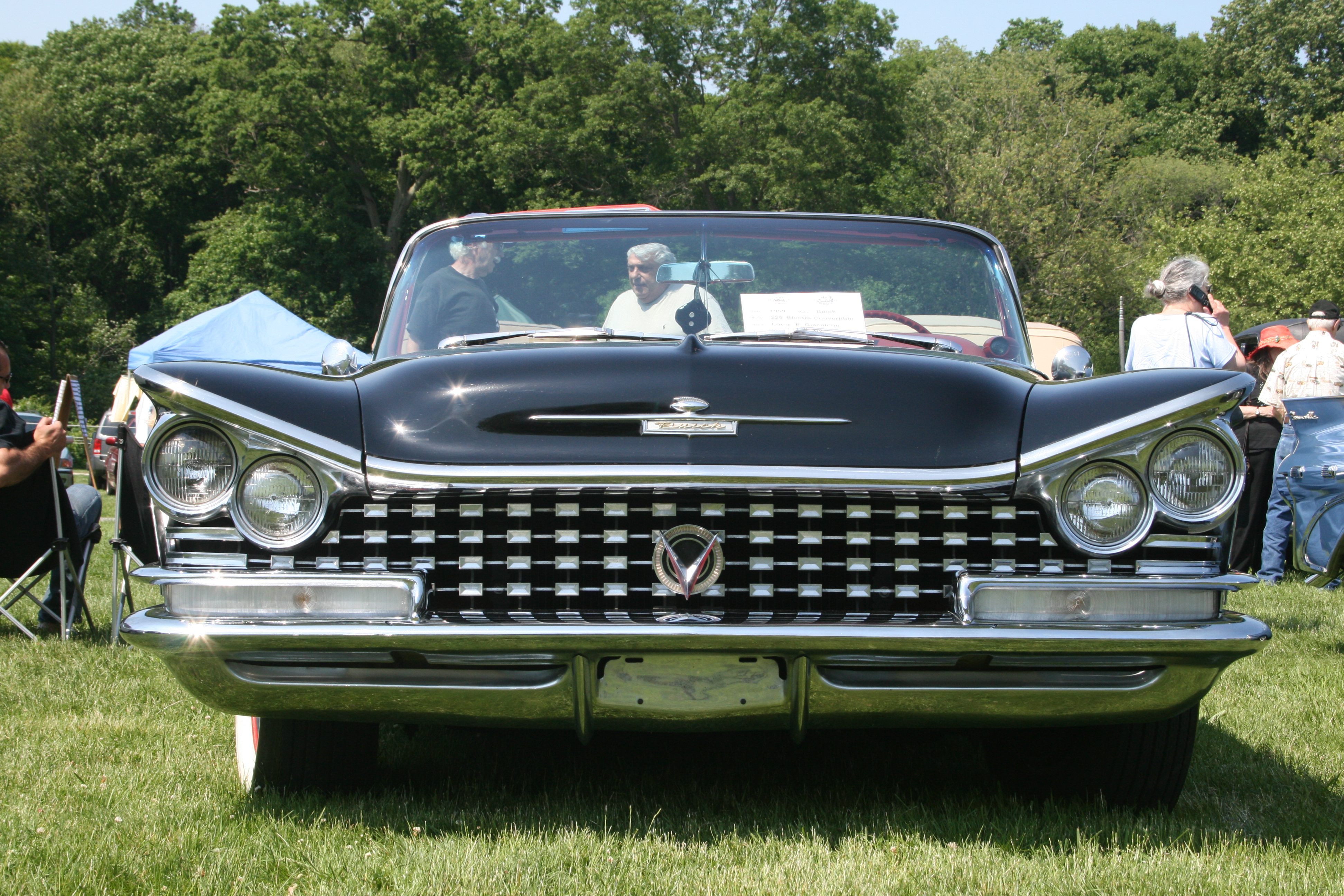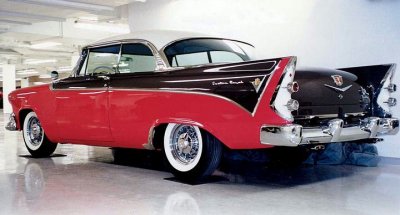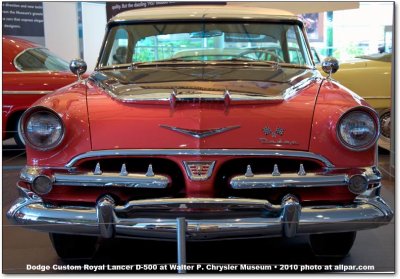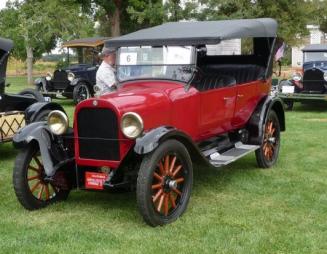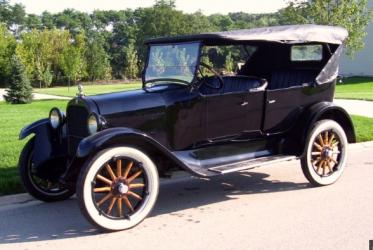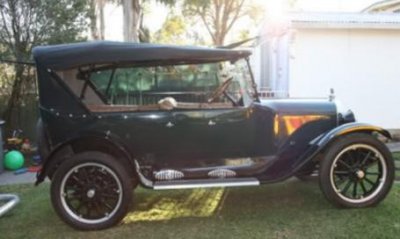MikeKardec
One Too Many
- Messages
- 1,157
- Location
- Los Angeles
Toronto still has trolley cars and trolley buses, and so do a lot of other cities. Soon it will be possible to do away with the trolley wires and run electric buses. This would be the best, cheapest, and cleanest solution to the mass transit problem yet.
Until we get automatic, self driving electric taxis.
When it was first brought up I was thinking that the overhead wires might be good for a traveling recharge without having to use an internal combustion engine ... a way to plug in with out having to be out of service.
